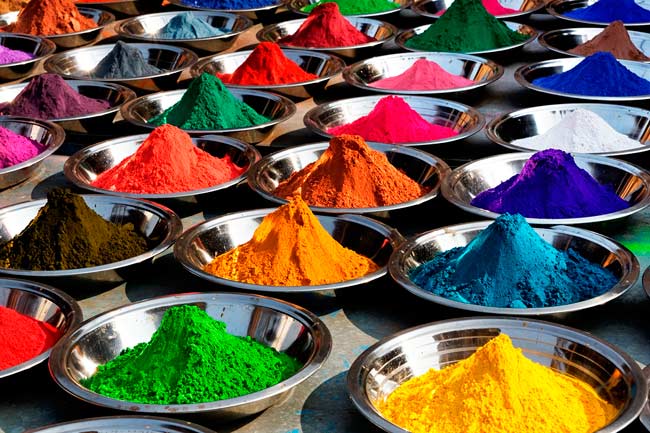- Make It Yourself Lavender Heart-Shaped Bath Bombs!
- 20 Things You Never Knew About “Down There”
- 12 Best Foods For Those Suffering From Arthritis Pain
- 12 Personal Hygiene Mistakes Almost Everyone Makes (Mom Never Told You About #4!)
- 15 Medicinal Plants And Herbs From The Cherokee People
- 12 Mind-Blowing Benefits Of Drinking Coconut Water During Pregnancy
- 12 Outstanding Winter Foods That Won’t Fatten You Up Like A Christmas Turkey
Do Artificial Food Dyes Really Affect Behavior?

Photo credit: bigstock.com
There are currently 7 dyes approved for use by the US government. The three dyes which make up more than 90 percent of the market are Yellow #5 and #6, and Red #40. These synthetic dyes are made by either burning coal tar, or by using petroleum byproducts such as tartrazine or erythrosine. Doesn’t that sound appealing?
These dyes have no nutritional value and are very damaging to the human body. Food dyes, especially the ones in sweets, are actually designed to make foods more appealing to children. Although many food dyes have already been banned by the FDA after studies showed that they caused cancer and other health problems, almost nothing has been done about the 7 remaining dyes. The European Union requires that all foods containing dyes carry warning labels that state that these foods can have an adverse effect on attention spans and activity levels in children.
These same foods are often sold in the US but require no warning label at all. The FDA insists that there is no evidence that these dyes cause any problem, behavioral or otherwise, however, you should keep in mind that these are the same people, who think fluoride is OK, as well as aspartame and GMO foods.
Research has shown that some children are very susceptible to even very small amounts of artificial dyes and that almost all children will be affected by consuming more than 35mg a day. Purdue University recently released a report that showed that the amount of artificial dyes in many commonly consumed foods was actually much higher than believed and that just on bowl of brightly colored children’s cereal or one box of candy, even one serving of macaroni and cheese would be enough to go over that 35mg limit. By some estimates, most children consume as much as 3 to 4 times the 35mg threshold each day.
These synthetic food dyes do absolutely nothing to improve the nutritional value of the food; they merely improve the color, making sweets and processed foods more attractive, especially to children. Although these dyes are still legal in America, they are either banned or are required to carry a warning label in almost all other countries, including the European Union. These same food companies sell the same foods with only natural colorants in other countries, why can’t they do the same with the foods sold here in the US? Find out more foods American eat that are banned in other countries.
Continue to Page 3
































